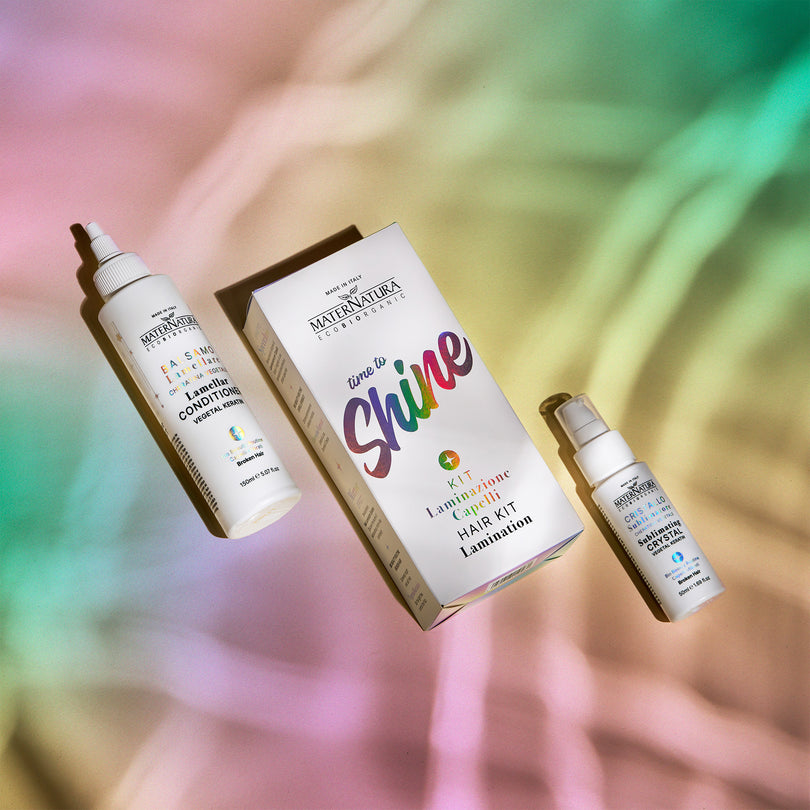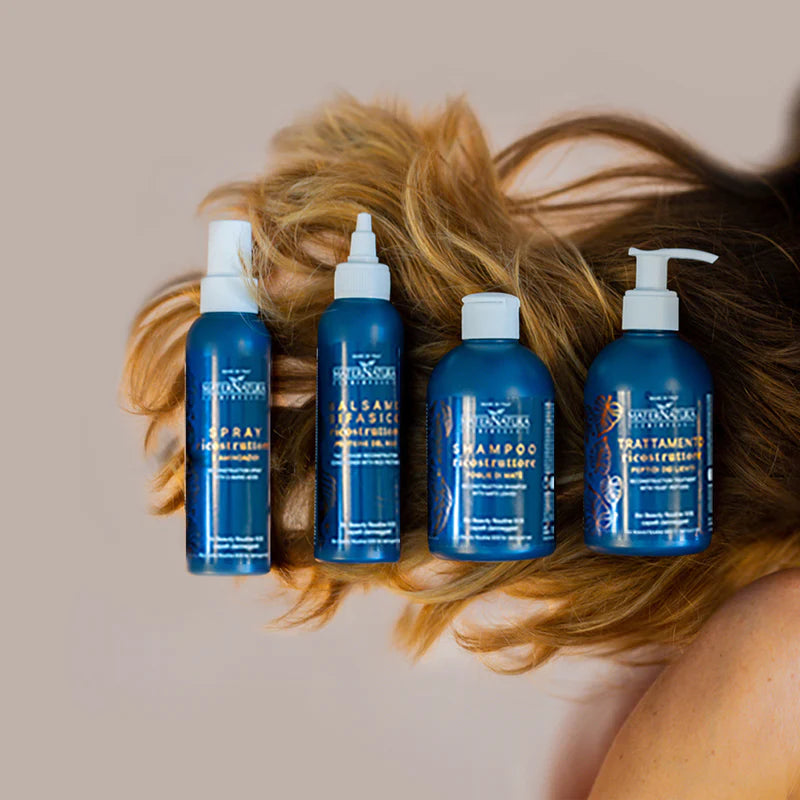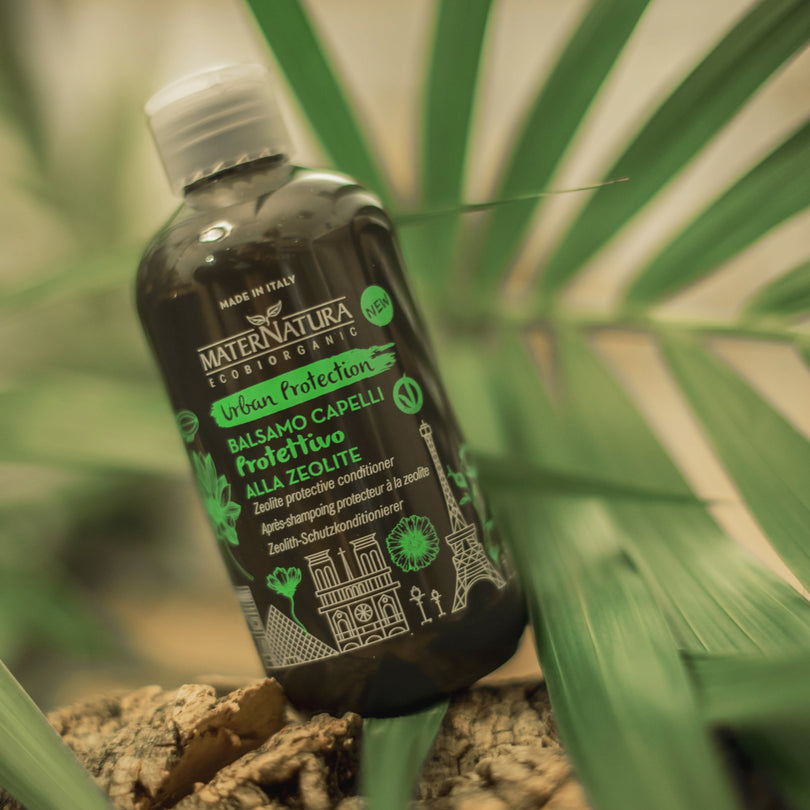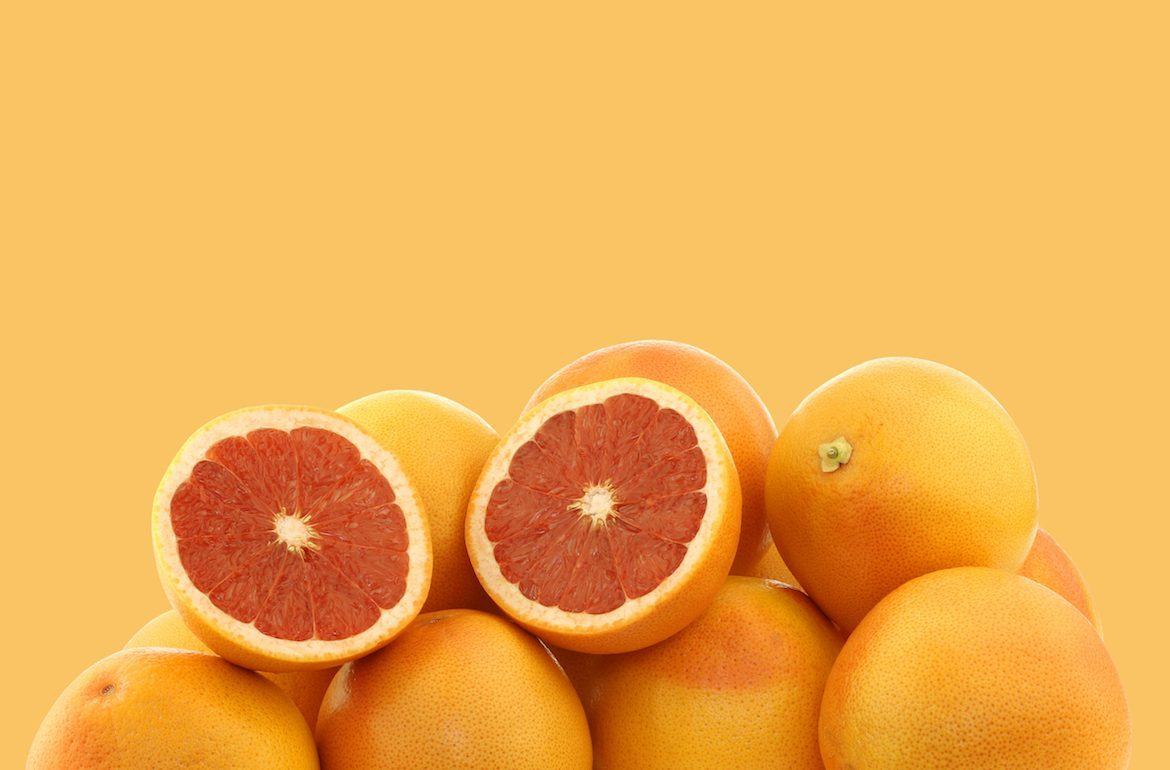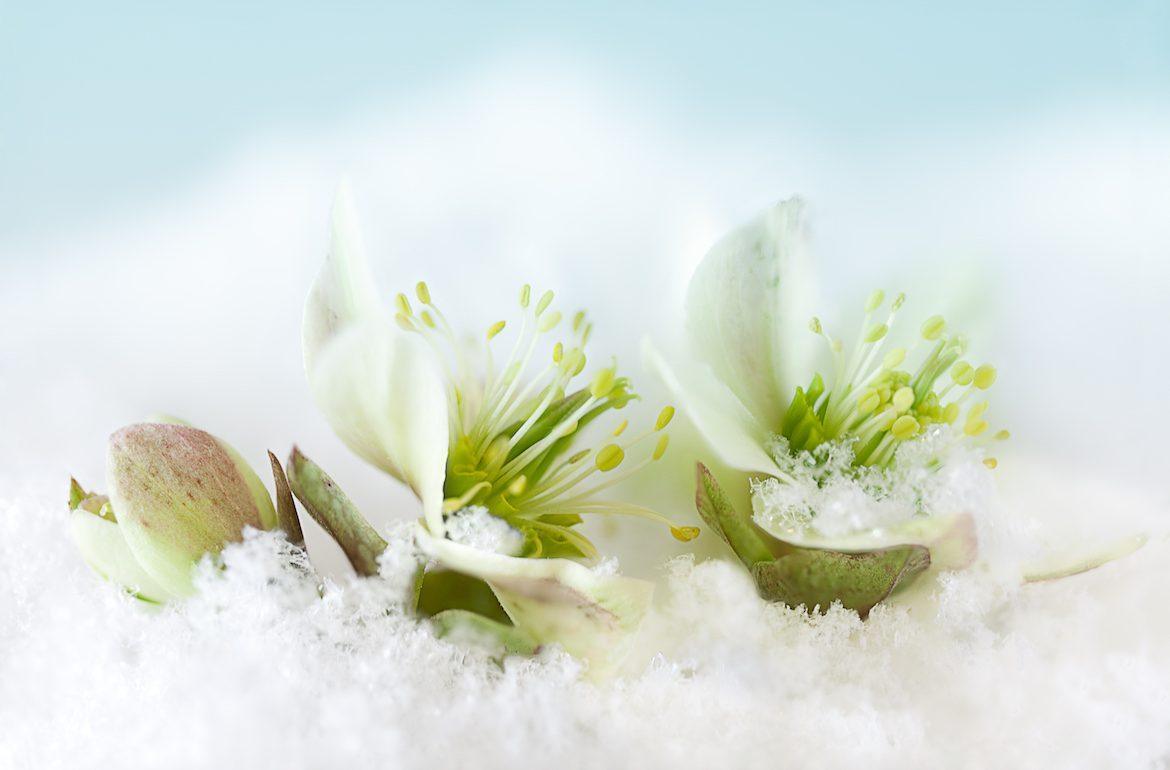We do not know what prompted botanists to give grapefruit, among more than 60 types of citrus, the particular name of Citrus paradisi. At that time, they definitely didn't know about the treasure hidden in the seeds of this fruit. To us who today know the ability of its active principle to free the body from many unwanted intruders and pathogens, the name certainly seems appropriate, because when we feel good it is as if we were already in a bit of "paradise".
The first known reference to the grapefruit plant dates back to the 17th century, when some botanists on the Caribbean island of Barbados discovered this evergreen fruit tree, 4 to 25 meters tall. It was probably a variety of the pomelo plant, also known as Citrus grandi, originally from South-East Asia, where it still grows in the wild today. The name grapefruit derives from the Dutch grapefruit, composed of pompe!, "large" and from the Javanese limoes, "lemon". Citrus fruits belong to the Rutaceae species, of which the best known are Citrus decumana, lemon, orange, mandarin, lime, melangola (bitter orange), bergamot and, of course, Citrus paradisi, our grapefruit. The grapefruit plant has deep green, ovate and glossy leaves, very white and fragrant flowers, isolated or in clusters. The first fruits appear 4-7 years after the tree was planted. A developed tree produces 500 to 700 fruits annually. Each fruit has a diameter of about 10-20 centimeters and weighs from 200 to 450 grams depending on the cultivar. In one season, therefore, a grapefruit plant can produce up to 3 quintals of fruit. In 1823 grapefruit was exported for the first time from Barbados to Florida (USA) where it began to be planted more and more extensively. Today, more than 2.5 million tons of fruit are harvested in Florida alone, where the largest grapefruit plantations in the world are located. Large crops are also found in Spain, Morocco, Israel, Jordan, South Africa, Brazil, Mexico, Jamaica and Southeast Asia. Very large quantities of fruit are transformed into juice.
Grapefruit seed extract can be used not only for prophylaxis in humans and animals,
but also as a component of cosmetics and for the treatment of major internal and external mycoses.
The consumption of grapefruit juice for breakfast is widespread especially in the USA. In many other countries grapefruit is instead used as a side dish for dishes and salads. From some new cultivars almost seedless fruits are obtained, demonstrating the little importance attributed to them: in fact, a possible use for them had never been identified until now. The plants, which require a slightly sandy soil slightly above sea level, need an average temperature of 25 °C to take root well. Frost and low temperatures can in fact damage them considerably. Cultivation in sunny and warm places allows the fruits to receive sunlight from 7 to 8 hours a day. During the maturation process, the fructose and juice content increases and the acid content decreases. Since the ripening process does not continue after the harvest, the ripe fruit left on the tree retains its freshness for several months, during which time it can be picked at any time.
Substances contained in grapefruit
The pulp of the round and yellow fruits is used above all for the production of fruit juices and squashes, from grapefruit only or mixed with other fruits. Grapefruit juice contains naringin, which has a bitter taste, and is rich in vitamins C and B1.
The most important active ingredients of the peel are: pinene, limonene, linalool (alcohol), citral, with an oil content of 21%. These substances are generally recognized as having an antidepressant, stimulating, circulation activating action, which affects the thalamus (diencephalon), from which some chemical processes of the organism are activated in a natural way. These substances stimulate the sensations and influence the state of mind, increasing the joy of living. Dissolved in oil they can be used in preparations for massage oils, shower gels and bath products. The substances contained in the grapefruit peel also have a general antiseptic action. More than 100 kilos of cold-pressed fresh peel are used to obtain 1 kilo of grapefruit peel essence. Grapefruit peel oil is gaining an increasingly important role especially in aromatherapy. The grapefruit peel contains flavonoids, the pigments that give the typical yellow color to this fruit (from the Latin jlavus, "golden yellow"). Initially the flavonoids were known as vitamin P and were often used in preparations based on ascorbic acid, citrin, hesperidin, rutin and quercetin. Grapefruit seeds mainly contain bioflavonoids and naringin (naringin nina rutinoside), isosakuranetin (didymine), neohesperidin , hesperidin, dihydrocanferol, poncirin, quercetin, canferol, apigenin rutinoside , rhoifolin , heptamethoxyflavonide, nobiletin and some proteins. The extract is generally obtained from the seeds and membranes of the fruit by grinding processes.



